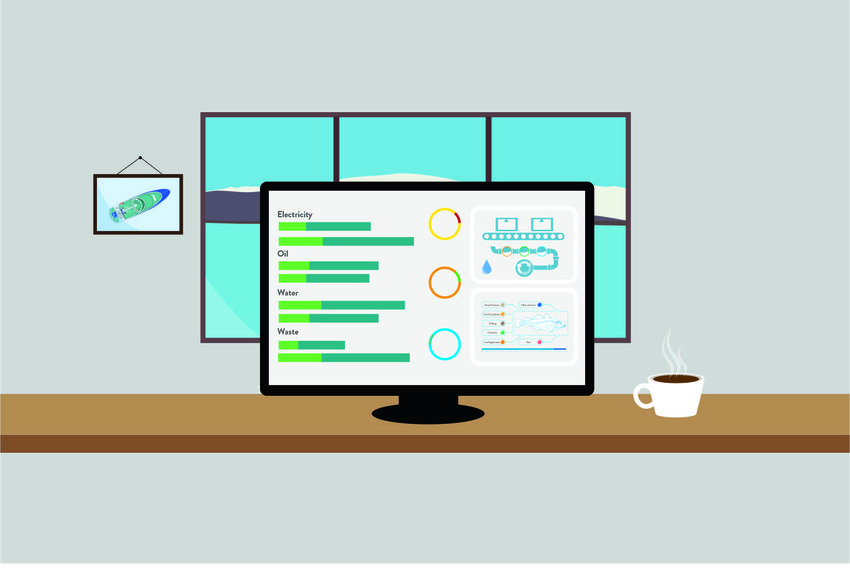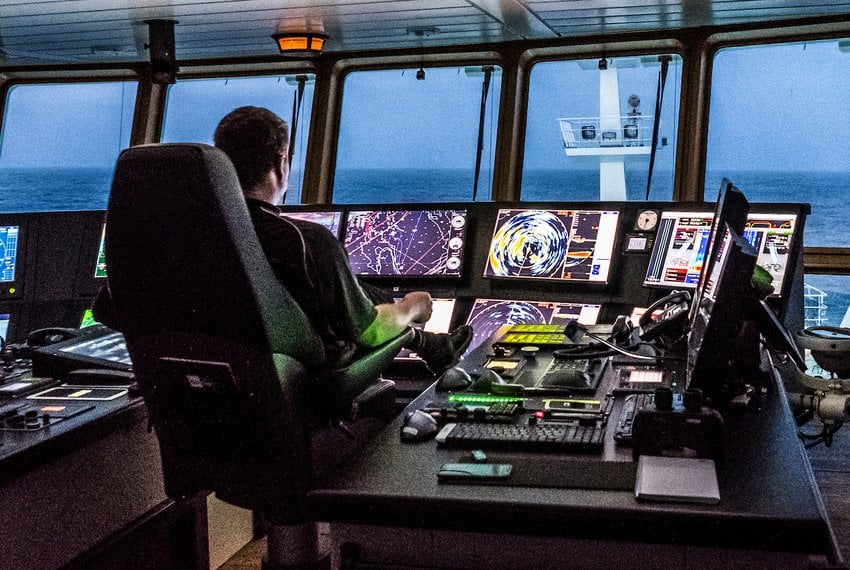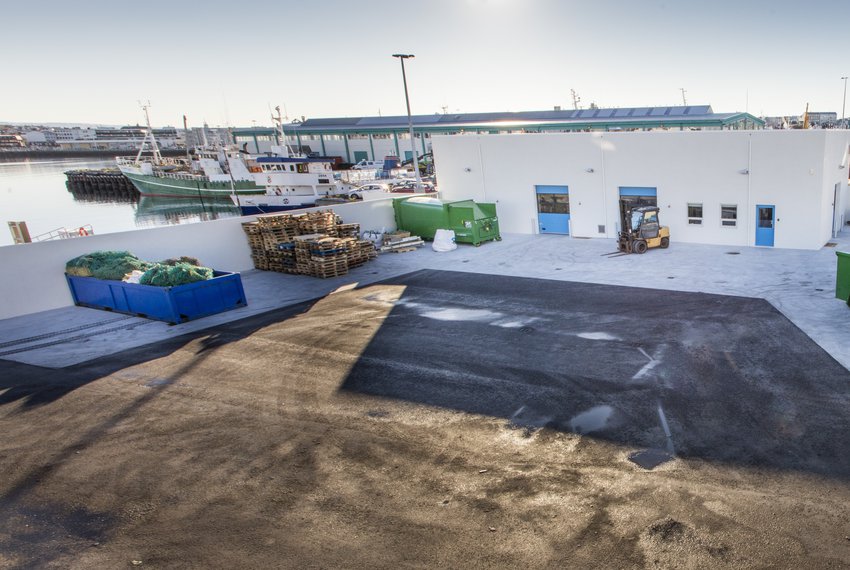SUSTAINABLE FISHERIES
The fisheries resources in the waters around Iceland are renewable provided that they are harvested in a sustainable manner. The excellent success of the Icelandic fisheries sector in environmental matters is, therefore, not least due to its sustainable use of fish stocks. The scientific precautionary approach of determining catch rules for each species of fish is the basis of the catch quota. Fish stocks are in better shape after the current fishing management system was adopted. It is easier to plan fishing operations, catches per day spent at sea have increased significantly and fishing trips are shorter. Sustainable fishing has encouraged innovation, as more attention has been paid to the better utilisation of the catch and solutions sought to create greater value and reduce costs.
HB Grandi takes an active part in collaboration involving the sustainable use of fish stocks, quality and responsibility with respect to the environment and society. The goal of HB Grandi’s participation is to support the continued strengthening of fish stocks, progress in the company and the sector, increased collaboration and to secure market access.
- The Iceland Responsible Fisheries Foundation (Ábyrgar fiskveiðar ses.) owns and operates the brand Iceland Responsible Fisheries. The Foundation provides certification for the responsible fisheries of Iceland and the source of its marine products. The marketing of the label is in the hands of Promote Iceland (Íslandsstofa), and HB Grandi has a representative on the Board of Iceland Responsible Fisheries and the Fisheries Advisory Board at Promote Iceland.
- HB Grandi, moreover, has a shareholding in Icelandic Sustainable Fisheries ehf., which has the role of obtaining certification with respect to the standards of the Marine Stewardship Council (MSC). Participation in the association provides access to MSC certification of the fish stocks in Icelandic waters.
- HB Grandi is also a sponsor of the Global Sustainable Seafood Initiative (GSSI). The object of the operation of GSSI is to increase transparency in the certification of sustainability in the fisheries and aquaculture sectors. Companies who are members of GSSI have undertaken to recognise certification projects that pass GSSI audits when the sale of marine products are involved.





